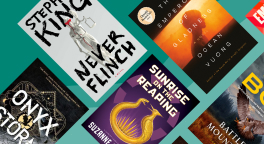The Missing Wire: The Utility Companies' Dirty Little Secret and My Fight to Expose Them
The story of Russell Allen, a Wisconsin dairy farmer whose life was irrevocably changed when his cattle began to fall ill and die at an alarming rate. Investigations pointed to an invisible assailant, electricity leaking off the electrical distribution system wires owned by the Wisconsin Public Service. And it wasn't just affecting the cows. The suicides of two of Russell's sisters, the death of a child to leukemia, and the untimely deaths of two brothers paint a grim picture of a family besieged by sorrow.
Against a backdrop of grief and adversity, Russell decided to fight back and took on WPS with the help of a local attorney. Their legal battle was fraught with challenges, not least of which was a judge who threatened to derail the pursuit of justice.
Related Subjects
Animals Biology & Life Sciences Education & Reference Fish & Sharks Ichthyology Nature Zoology




















